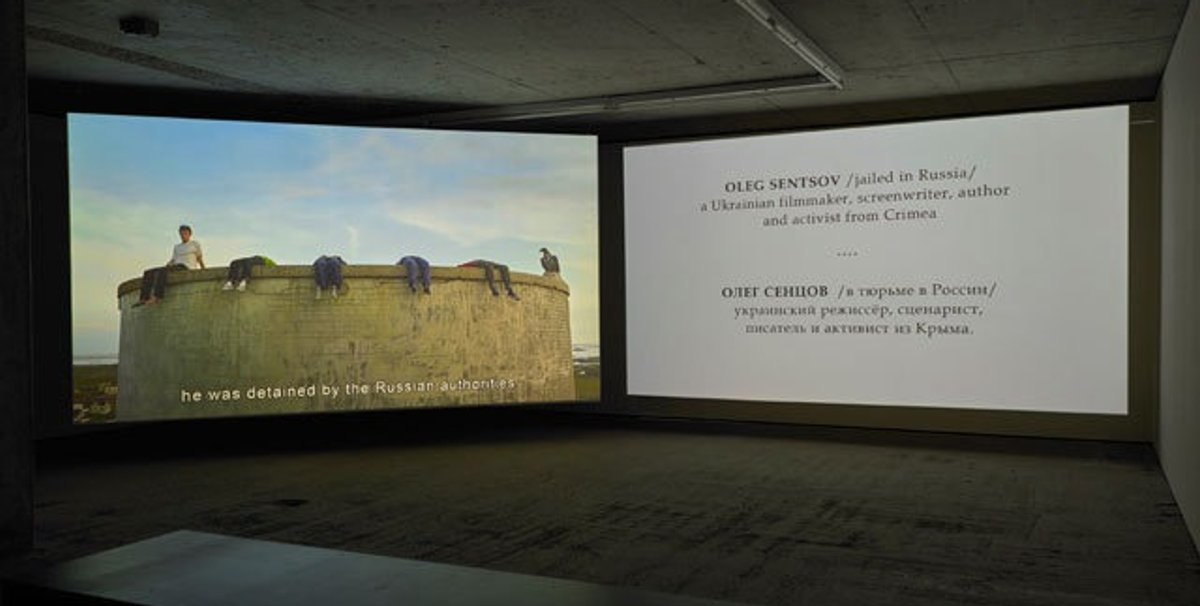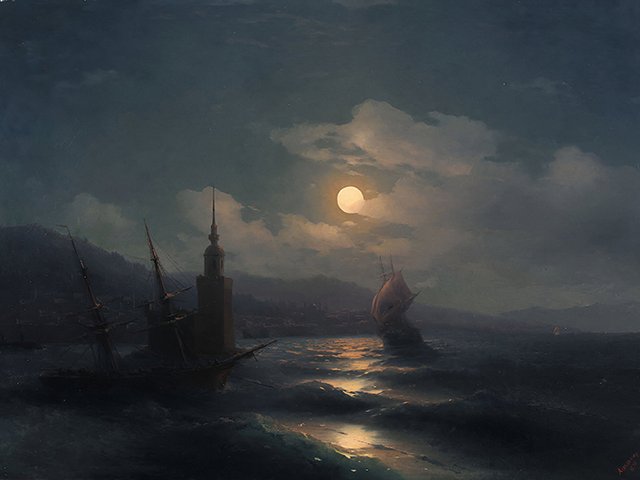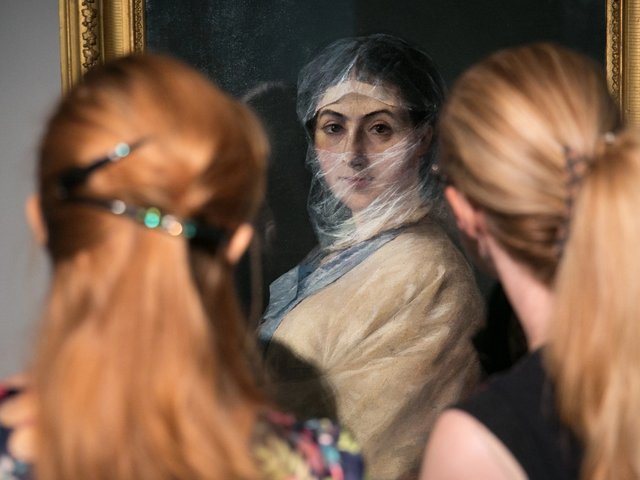The inaugural edition of the Triennial of Russian Contemporary Art at the Garage Museum in Moscow has caused controversy by including a strand of programming that examines artistic life in Crimea, the peninsula annexed by Russia from Ukraine in 2014.
In so doing, the organisers implicitly accept Russia’s claim to the territory, critics say. But Garage curators reject this. The triennial (until 14 May) is not a political exhibition, they argue, but does reflect geopolitical realities.
Although no Crimean artists are included in the survey show at the privately funded museum set up by Dasha Zhukova, curators argue it is essential to include Crimea in the ancillary events of an exhibition that aims to reveal the scope of artistic practice in Russia today.
Several events at the triennial will be devoted to Crimea, including a performance by the Free Dance Lab group from the Crimean capital Simferopol, and a discussion on 23 April that will discuss the involvement of artists from Crimea in the Ukrainian, Russian and international art scenes.
The triennial opened just a week before the third anniversary of President Putin’s incursion into Ukraine and annexation of Crimea. In a referendum held on 16 March 2014, in the presence of Russian troops who had arrived a few days earlier, Crimeans voted to join Russia. Two days later, President Putin officially declared the peninsula a Russian territory. Although the overwhelming majority of Crimeans are believed to be pro-Russian, the hastily organised referendum overseen by the military was deemed illegal by much of the international community.
Sensitive subject
The director of the Garage Museum, Anton Belov, believes it is important to work with Crimean artists. “Crimeans are excluded from Ukraine” and because of international sanctions most Russian organisations will not collaborate with Crimeans for fear of upsetting international trading partners. “But there are still artists in Crimea… and it is wrong to exclude artists from artistic life,” he says.
Speaking at a roundtable discussion of triennial curators organised, and then published, by the website Artguide before the show’s opening, Sasha Obukhova, who travelled to Crimea as research for the exhibition, said: “We had only two options: to ignore the annexation and pretend we didn’t know anything about it, or to work with the geopolitical reality that Crimea has become a federal district of the Russian Federation.”
Nevertheless, there was disagreement within the museum as to whether Crimea should be included. Garage chief curator Kate Fowle initially opposed the idea. But now she believes that while Crimea is “an incendiary topic” it is important “to focus on the reality of…the human aspect of what is happening as a result of politics. Artists in Crimea are working with little infrastructure and support, but are nonetheless there.” The performance by the Free Dance Lab group and the discussion on Crimea will “provide a platform for Crimean artists to speak for themselves”, she said.
Others take a different view. Ukrainian artist Nikita Kadan was appalled by the acceptance of annexation expressed at the roundtable, while the Russian artist Yuri Albert wrote on Facebook: “I am not inclined to condemn the curators, but the situation is such that now even the most noble initiative will almost inevitably end with you putting your foot in shit… and pretending that someone else is the one who smells.”
Meanwhile, some Russian artists have tackled Crimea in their work for the triennial. The art group Chto Delat? made a short film entitled Safe Haven, about artists seeking refuge from oppression. It includes the story of Oleg Sentsov, a Crimean film-maker who opposed the Russian annexation and is now languishing in a Russian prison.




